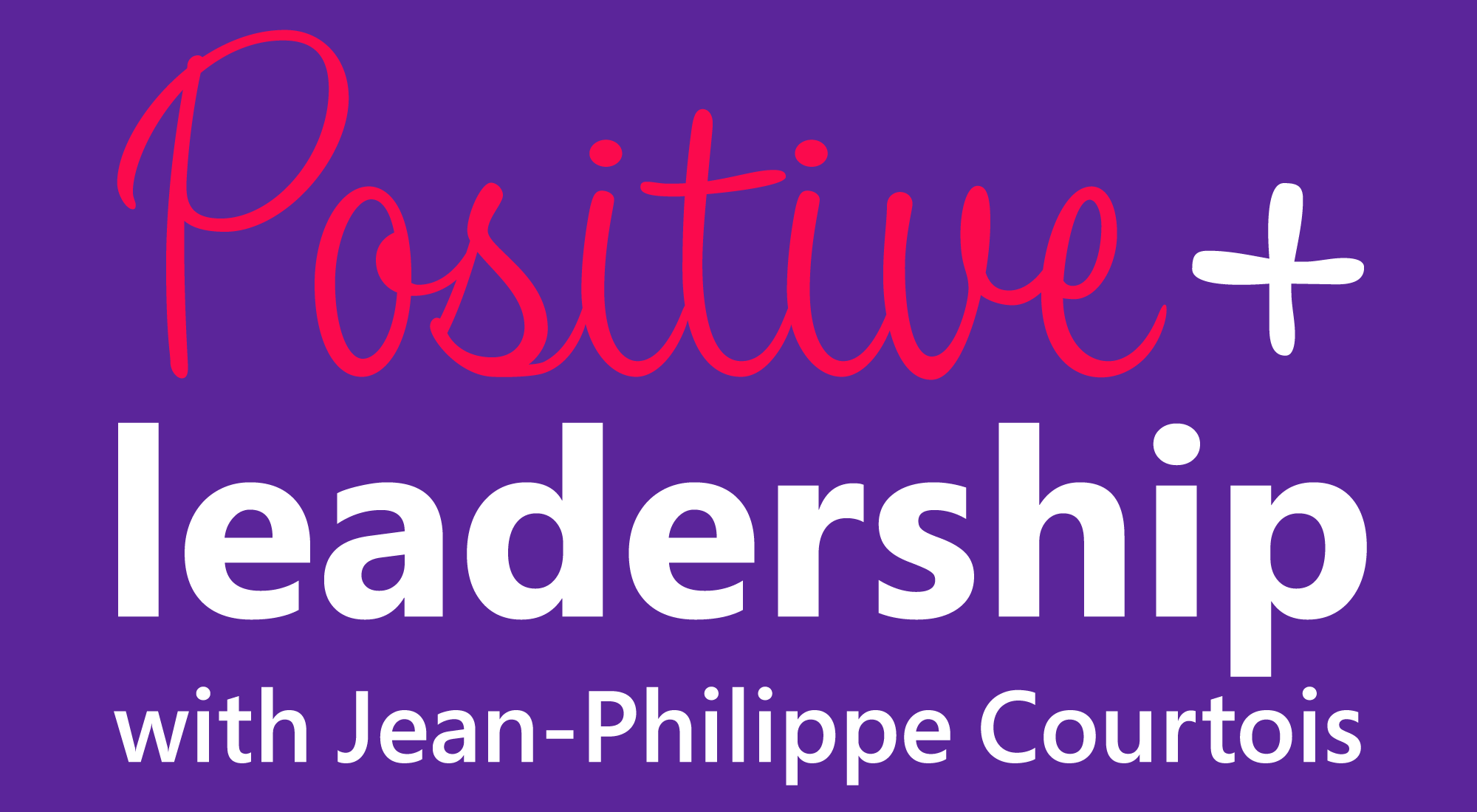14 Nov 25
Carbon, Connection and the Future of Regeneration: What I Learned from My Conversation with Paul Hawken

By Jean-Philippe Courtois
When I sat down with Paul Hawken for our latest episode of the Positive Leadership Podcast, I was reminded of something essential: sometimes, transforming our world begins with transforming the story we tell about it.
Paul’s work — from Drawdown to Regeneration and now Carbon: The Book of Life — challenges one of the most persistent misconceptions of our time:
👉 Carbon is not the enemy. Our broken relationship with nature is.
This simple yet profound reframing opens new pathways for leaders, innovators, mayors, entrepreneurs, and citizens who want to act with courage and clarity in an age of climate anxiety.
In this blog, I want to share the insights that stayed with me after our conversation — and expand on them through the lens of positive leadership, purpose, and collective action.
1. Reframing Carbon: From Villain to the Thread of Life
One of the most striking moments of our conversation came when Paul reminded me that carbon is the most generous element on Earth.
We have built an entire narrative around “fighting carbon,” when the real challenge is understanding how our systems have disconnected and our relationship to nature is broken:
- heat from soil,
- water from ecosystems,
- carbon from the living world.
When these relationships collapse, we see floods, droughts, and destabilized weather patterns. But when we reconnect them — through regenerative agriculture, healthy soils, forest stewardship, circular design — the system begins to heal on its own.
This echoes a theme I’ve heard repeatedly from past guests:
- Hannah Ritchie reminded us that agency begins with understanding the facts.
- Laurence Tubiana reflected on how the Paris Agreement succeeded by bringing every voice — especially the smallest nations — into the circle.
- Gianpiero Petriglieri told me that leadership is forged at the intersection of rupture and purpose.
Reframing carbon is not about science alone; it’s about leading differently, rooted in responsibility rather than fear.
2. Regeneration Begins with Joy, Not Guilt
Another lesson from Paul that resonated profoundly:
👉 “Start with joy. Start with awe.”
This may seem counterintuitive in a moment where climate discourse is often driven by crisis and urgency. But joy is not naïveté — it is energy.
In my episode with Barbara Fredrickson, she explained how positive emotions expand our capacity to act.
In my conversation with Paul Polman, he shared how hope and service can galvanize teams far more than fear can.
Paul Hawken embodies this same philosophy:
Regeneration is not a burden; it is an invitation.
It is not sacrifice; it is participation.
When we help people fall back in love with the living world, action follows naturally.
3. Healing Systems Through Connection
Throughout our discussion, Paul returned to a powerful concept:
👉 “The way you heal a system is to connect more of it to itself.”
That sentence captures the essence of positive leadership.
Whether we are talking about:
- a global climate system,
- a community,
- a company,
- or even a personal mission…
Healing happens when relationships are strengthened.
When voices are heard.
When friction gives way to cooperation.
When purpose aligns with action.
This mirrors my conversation with John Elkington, who told me sustainability is not a technical problem — it’s a matter of redesigning relationships between profit, people and planet.
It also recalls Kevin Scott’s insight on AI: systems amplify what we connect them to — our values, our incentives, our intentions.
Regeneration, then, is the leadership practice of weaving connections that allow life — in all its forms — to thrive.
4. The Leader’s Role: Nurturing Positive Tipping Points
Paul and I also explored the idea of positive tipping points: cascading effects where small interventions create outsized change.
These tipping points often emerge when:
- partners who never collaborated begin working together,
- mayors adopt regenerative practices that spread city by city,
- farmers shift from extraction to replenishment,
- or youth movements inspire new political courage.
In the Positive Leadership Podcast, I’ve seen this principle at work again and again:
- Jeff Raikes spoke about transforming philanthropy through data and early intervention.
- Rana el Kaliouby showed how emotional intelligence can amplify technological innovation.
- Fabio Barbosa described how values-based leadership can redirect entire industries.
Regeneration becomes real when leaders create the conditions for these tipping points to emerge — when we create the “early action systems” that Paul calls for.
5. My Reflection: Leading with Life in Mind
What stayed with me most after this episode is the clarity of Paul’s message:
👉 Leadership in the 21st century means choosing to serve life — not as a slogan but as a practice.
It starts by asking different questions:
- How do my decisions affect the ecosystems that sustain us?
- What stories am I reinforcing through my leadership?
- Am I operating from fear, or from possibility?
- What can I regenerate — in my team, my community, my industry?
The leaders who will shape the future are those who choose connection over disconnection, agency over despair, joy over paralysis, and service over status.
This is the essence of positive leadership.
And it is more necessary than ever.
If you want to go deeper
I invite you to listen to the full episode with Paul Hawken — one of the most illuminating and hopeful conversations I’ve had on the podcast.
And if the themes in this article resonate with you, you may also enjoy:
- Episode with Hannah Ritchie — The power of urgent optimism
- Episode with Laurence Tubiana — Diplomacy, listening and planetary responsibility
- Episode with Paul Polman — Regenerative business and courageous leadership
Closing Thought
Carbon is not the villain.
Life is not the problem.
And the future is not written.
But the next chapter depends on the stories we choose to tell — and the actions we choose to take — starting now.
Let’s lead with purpose.
Let’s lead with connection.
Let’s lead with life in mind.




.png)

.png)

